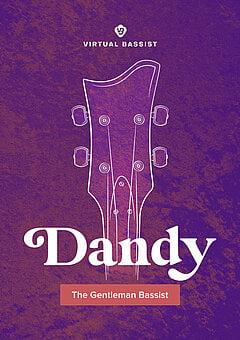How to make a track like Doja Cat
Do you wanna be the next hit on TikTok? Doja Cat’s the expert! In this #Explained tutorial we’re going to show you how to produce a Doja Cat-style track.
JULY 9TH, 2021
In this episode of #Explained, hosted by Jan Dittrich, we’ll uncover the secrets of Doja Cat’s production techniques:
What makes Doja Cat different?
Doja Cat’s genre-fluidity is super interesting in music production terms, as she produces crossover-ready pop songs. She has an escapist fantasy worldview which always shows in her music by its upbeat production style. She stated that she wants to be stupid and ignorant, in oppose to wanting to change your worldview with every song she makes. There is nothing -ist about what she does, and this really reflects with her music. Doja Cat never thinks about what she writes, she rather writes down whatever comes to her mind. And let’s roll with that thought today instead of overthinking our workflow!
Anyways, here are some basic steps for setting the perfect base for your doja-catted song:
Drums n' Chords
To lay down the drums, start with the kick and add some top drums afterwards. For the tops, Beatmaker Kandy with its higher pitched drums is a great pick. It’s always a good idea to layer some sounds, especially claps! Jan layered 3 additional claps for fullness.
Now, let's set a foundation to get the vibe going! Jan used a B-flat minor chord progression for that purpose. With chords, layering is key to design a unique combination of sounds. Jan used the DX7 synth sound as well as a pat to fill out the mix to design that effect.
Add groove to the track with Guitars
A key component to Doja Cat's tracks is the use of guitars and the groove that comes with that. You can lay down ideas quickly with the pre-programmed phrases of Virtual Guitarist Silk. For a nice Doja Cat vibe, add some funky guitar sounds as well. Use GuitarRig from Native Instruments, or automate the cutoff with a filter to achieve an absolute wow-effect. Reimport all guitar tracks as audio files to chop them up and get a groove going that is similar to Doja Cat's.
Bass, VOX & Mastering
Jan used a natural sounding Bass with a bit of distortion to better cut through the mix and fill out the lower frequencies. With bass lines, you can break some rules as long as they are distinctive and stick in your ears!
To fill out some empty spaces in the mix, add vocal chops and atmospheres. This also creates more depth. Check out our tutorial on how to add vocals to any track.
To master the track correctly, -6 dB in the master channel and below -6dB for all the individual tracks and groups ensure enough headroom.
Arrangement & Automation
A typical arrangement for pop songs is that the first chorus comes before the first verse. Remove some drum and melodic elements from the verses and keep all the elements in the choruses to create variation. The bridge only contains melodic elements to create tension as the chorus comes in with all the elements right afterwards.
For the second verse, remove elements and add a low pass filter which gradually opens before the next chorus. This gives singers more room to sing and creates variation and tension in the track. Remember: It's all about tension and release! During the intro, Doja Cat uses a trick by adding a so-called radio filter and just keeping the mid-frequencies.
Let's go!
So, what are we taking away from this? In order to produce a track in the style of Doja Cat, try out laying down and layering drums and claps, layering chords and grooving them up with funky guitar sounds. Spice it up with a distorted bass and fill out empty spaces with vocals. Master the track correctly and arrange the track like a pop song. To top it all off, add a gradually opening low pass filter and use a radio filter for the Doja Cat vibe. Last but not least: Don’t think too much and try out Doja Cat’s views on not letting your mind take too many spins before creating your masterpiece.
Stay up to date
Sign up and we’ll send you an e-mail with product news and helpful stuff every now and then. You may unsubscribe at any time.
Defy Limits
We develop software solutions that enable people to create, consume and interact with music.


